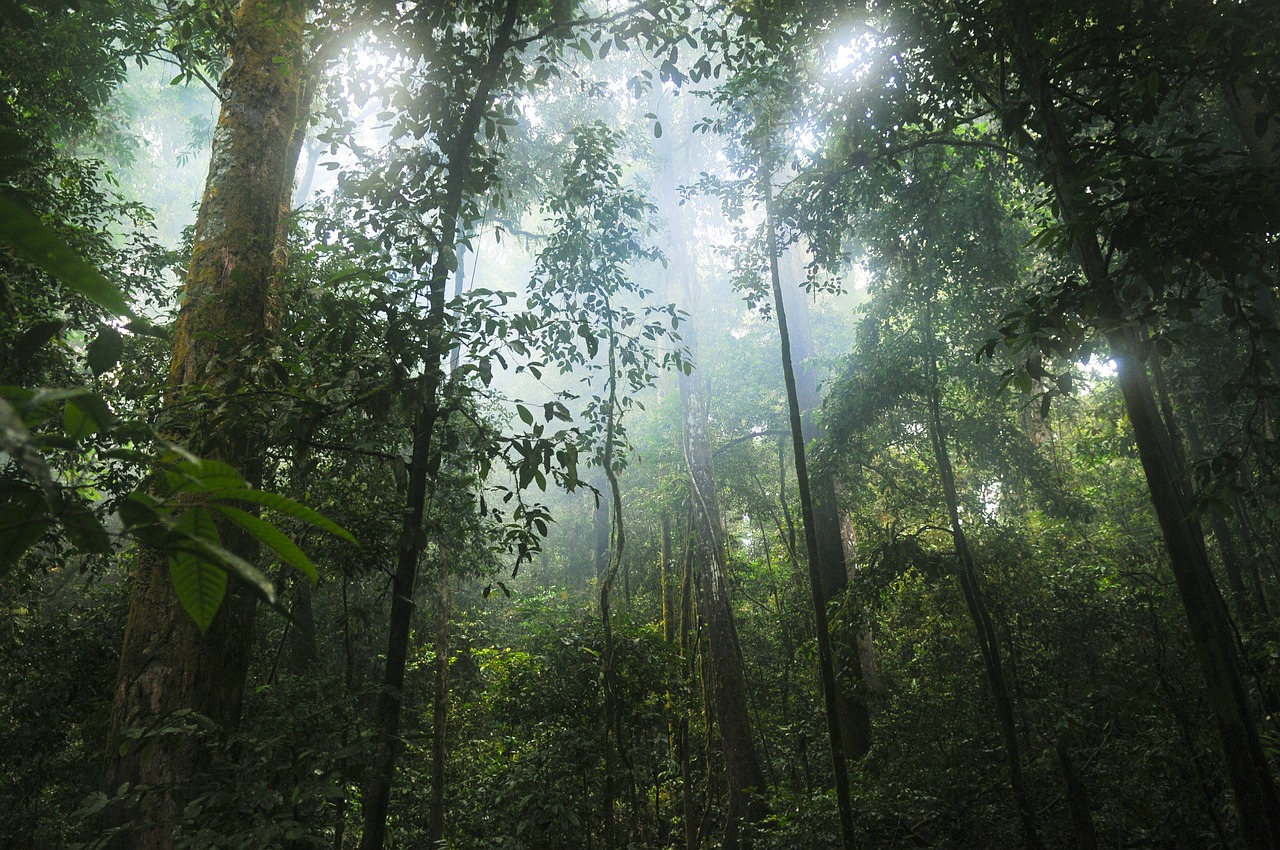The Amazon Rainforest, located in South America, is known to be the largest rainforest on earth and one of the biosphere’s major carbon sinks. Consisting of all parts on earth where life resides, the biosphere contains environmentally important locations called carbon sinks. Carbon sinks are reservoirs of large amounts of carbon and store the common greenhouse gas, carbon dioxide (CO2). As a carbon sink, the Amazon Rainforest plays an important role in slowing down climate change and absorbs 5% of the Earth’s annual carbon release. However, perceptions of the Amazon Rainforest as an effective carbon sink are changing as recent studies are showing the decline of this landmark.
In a study published by Nature, European researchers discovered a 30% decrease in biomass within the Amazon Rainforest over the past 30 years. They concluded that trees in the rainforest are dying faster than they are reproducing due to lack of water and sped up life cycles. As plant-life begins to decay, forms of carbon are emitted into the soil and atmosphere. This decay reduces the carbon stored within the Amazon as well as the CO2 that can be absorbed by the rainforest.
Another study published in Nature supported these results by finding that certain regions of the Amazon lost 200 million tons of carbon due to deforestation and abandonment of agricultural land. They also found that logging and fires following droughts further decreased carbon levels within the rainforest. However, they found that the carbon levels of other regions in the rainforest helped balance this loss and maintained the necessary carbon levels for natural ecosystems to be sustainable in the rainforest.
The recent Amazon Rainforest fires have caused an increase in carbon emissions released into the atmosphere.
Image Source: Brazil 2
Overall, research has found a very worrying future for the Earth’s largest rainforest. With recent fires speeding the decline in biomass, scientists fear that the sustainability of the Amazon Rainforest’s ecosystems is threatened. They theorize that carbon loss within the Amazon is close to exceeding a threshold that would result in its collapse. As the greenhouse gas CO2 is emitted into the atmosphere from decaying biomass, disastrous effects regarding climate change influence the rest of the world. The increase in CO2 would result in more heat being trapped on Earth’s surface, and these higher temperatures would not only destroy ecosystems like the coral reefs but also harm industries based on these natural resources. The environment is what controls daily function of humanity, and with its continuous deterioration, current action needs to be reconsidered.
Feature Image Source: stokpic.










